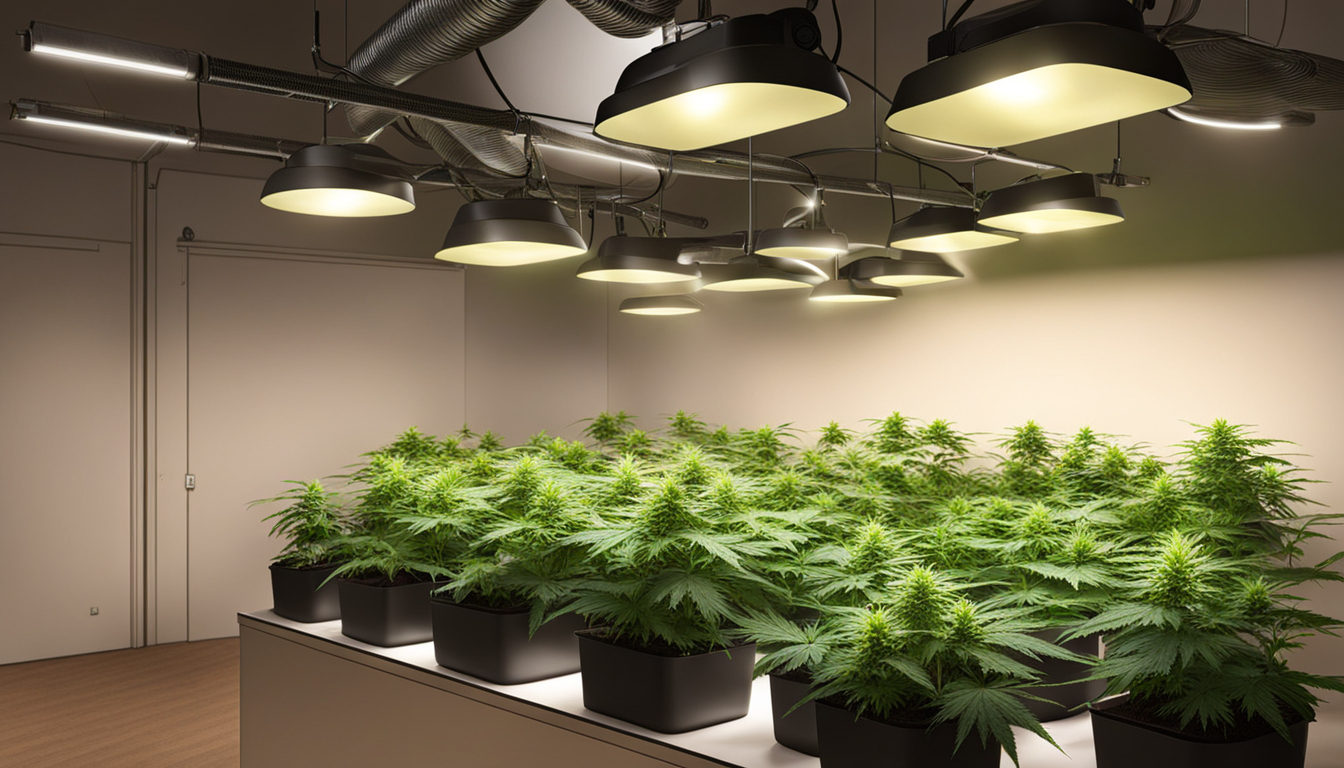
Whether you're just starting out with pot cultivation or looking to improve your existing crop, following this complete guide will help you produce bountiful, high-quality yields right at home. With the right supplies, techniques, and care, growing marijuana indoors can be an extremely productive and cost-effective endeavor.
Choosing Pot Strains
The first step in planning your indoor grow is picking the right weed varieties to produce. The three main types of cannabis plants each have their own characteristics.
Sativas
Known for their invigorating intellectual effects, these strains spread tall and slender with narrow leaves. They flourish in tropical tropical climates and have a longer flowering time between 10-12 weeks indoors. Top sativa strains include Sour Diesel, Durban Poison, and Jack Herer.
Relaxing strains
These strains provide calming body-focused effects and spread short and bushy with wide leaves. Accustomed to colder mountain climates, they bloom faster within 2-2.25 months. Popular relaxing varieties include Northern Lights, Bubba Kush, and Bubba Kush.
Mixed strains
Mixed varieties mix traits from both energizing strains and indicas. They offer combined effects and have moderate flowering periods around 9-10 weeks. Well-known hybrids are OG Kush, Girl Scout Cookies, and Blue Dream.
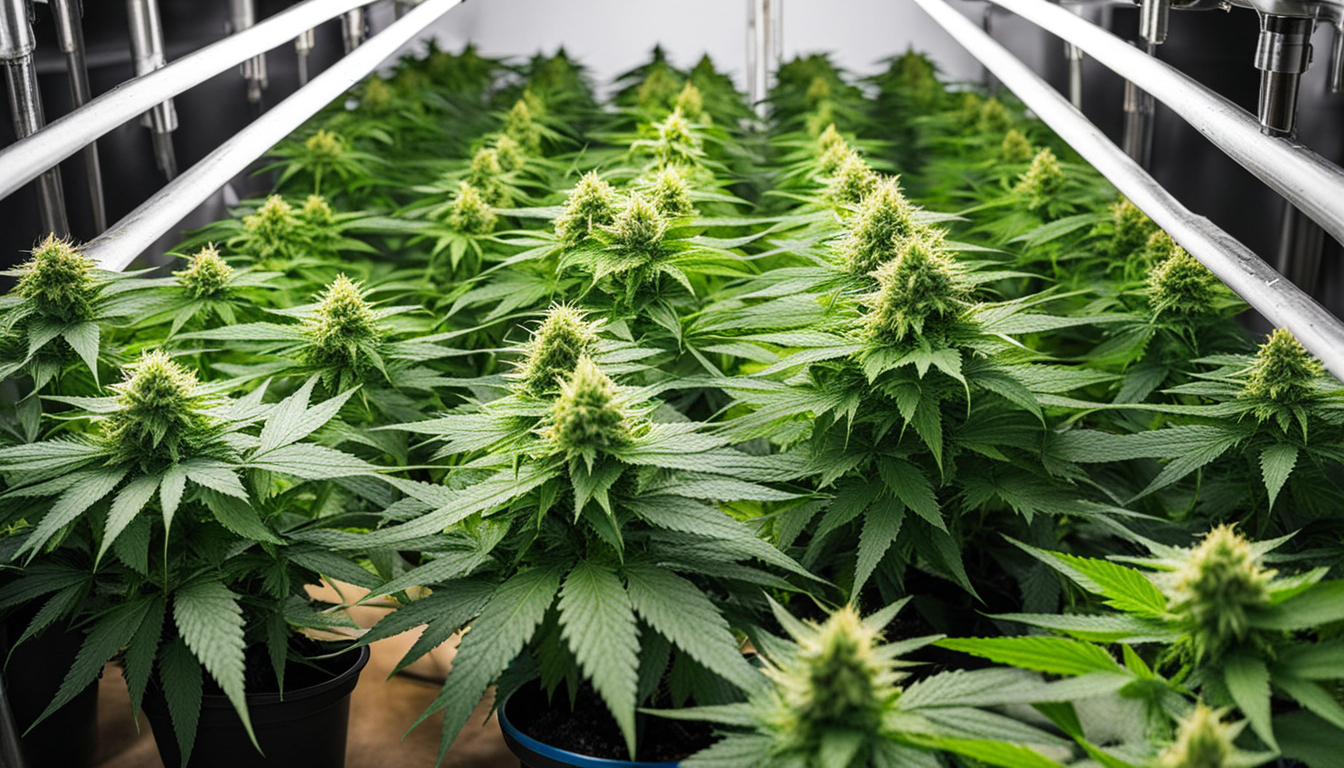
Setting Up Your Grow Space
Cannabis plants need the right controlled environment to succeed. Key factors for indoor cultivations are lights, ventilation, layout, and finding the ideal discreet location.
Location
Choose an available space with direct access to water and electrical outlets. An empty spare room, large closet, corner of the basement, or cultivation tent tucked away in a garage all make great stealthy cultivation room spots.
Lights
Weed requires intense light for all vegetative stages. LEDs are energy-efficient and come in broad spectrum options simulating natural sunlight. Provide 15-25 watts per square foot for the growth stage and 20-40 watts per square foot for bloom.
Airflow
Proper airflow and exhaust systems maintain ideal temp, moisture, and fresh CO2 levels. Set up silent 4-6 inch blowers or scrubbers to refresh old air and eliminate odors.
Layout
Optimize your space by arranging plants carefully under the lamps and leaving room to reach and work around them. Set up separate zones for vegetation, bloom, drying, and propagation.
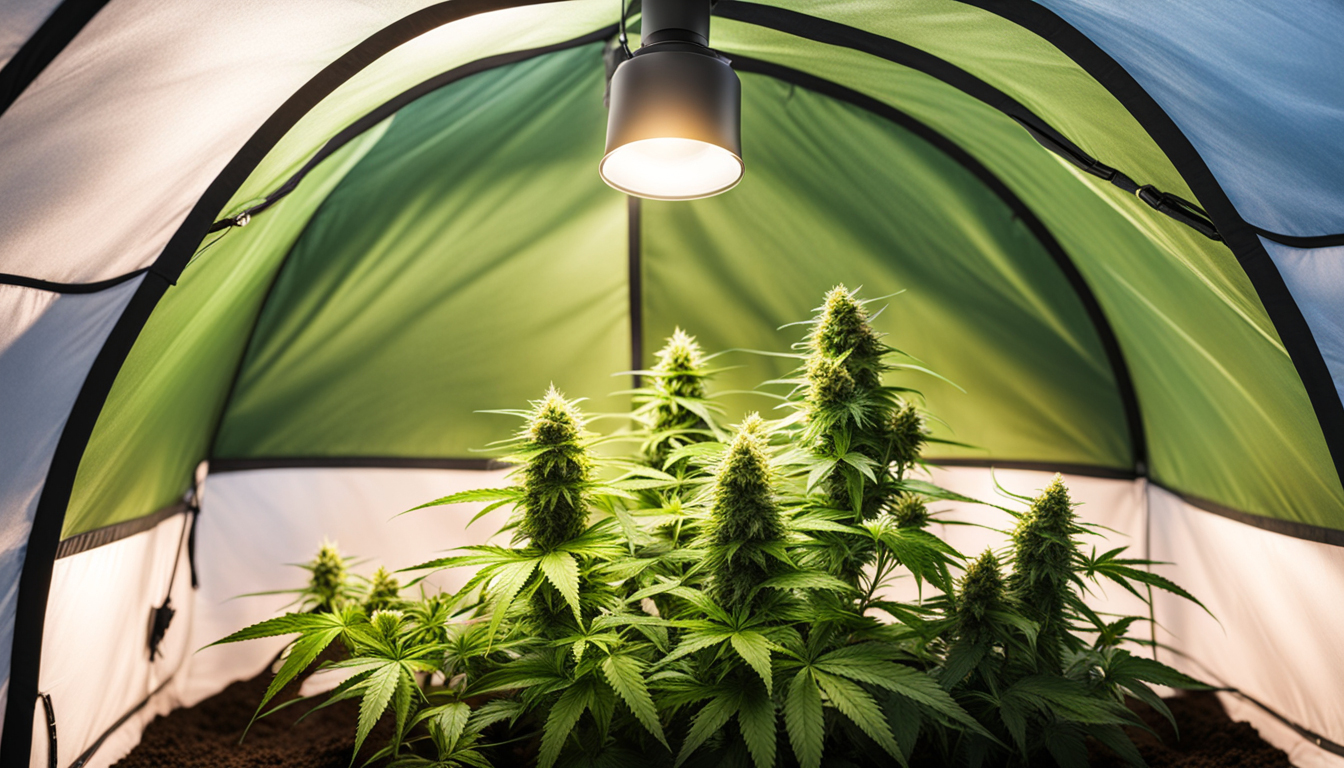
Growing Substrates
Cannabis can be cultivated in various mediums, each with benefits and cons. Pick a suitable option for your particular setup and growing style.
Soil
The classic substrate, soil is affordable and simple for beginners. It provides great taste but requires more irrigation and fertilizing to nourish plants. Enrich soil with perlite or coir to enhance drainage.
Coconut coir
Made from coconut husks, reusable coconut fiber retains water but still lets in air to the roots. It's more sterile and more predictable than soil. Use coir-specific nutrients to avoid calcium buildup.
Water systems
In hydro systems, plant roots grow directly in fertilizer water solution. This enables rapid growth but needs careful monitoring of water properties. Deep water culture and irrigation systems are popular techniques.
Germinating Seeds
Sprouting activates your marijuana seeds to begin sprouting radicles. This prepares them for transplanting into their growing medium.
Towel Method
Put seeds between moist paper towel and maintain them moist. Check after a week for emerging taproots showing sprouting is complete.
Direct Planting
Insert seeds right into pre-moistened cultivation medium 6mm deep. Gently water and wait 1-2 weeks until seedlings push through the top.
Cubic rockwool
Presoak cubic rockwool starters in balanced water. Insert seeds 6mm deep into the cubes. Keep cubes moist until seedlings appear within 1-14 days.
Transplanting Young plants
Once sprouted, marijuana seedlings need to be repotted to avoid crowding. Move them into appropriately sized pots.
Preparing Containers
Fill large pots with cultivation medium amended with time-released nutrients. Allow pots to absorb water for 8-12 hours before repotting.
Carefully Transplanting
Gently separate young roots from germination medium using a spoon. Put into prepared container at equal depth as before and gently water in.
Vegetative Stage
The growth stage encourages leafy growth and plant form through 3/4 to full day of Watch Now daily lighting intensity. This stage usually lasts 1-2 months.
Providing 18-24 Hours of Light
Use lamps on a 24 daily schedule or natural sunlight to initiate nonstop growth. Lamp intensity influences size and node distance.
Nutrients
Use vegetative stage nutrients higher in N. Make sure pH remains Subscribe Now around 5.8-6.3 for full nutrient absorption. Feed 1⁄4 to 1⁄2 concentration after 14 days and strengthen slowly.
Training Techniques
Topping, LST, and trellising direct shoot shapes for flat foliage. This boosts yields.
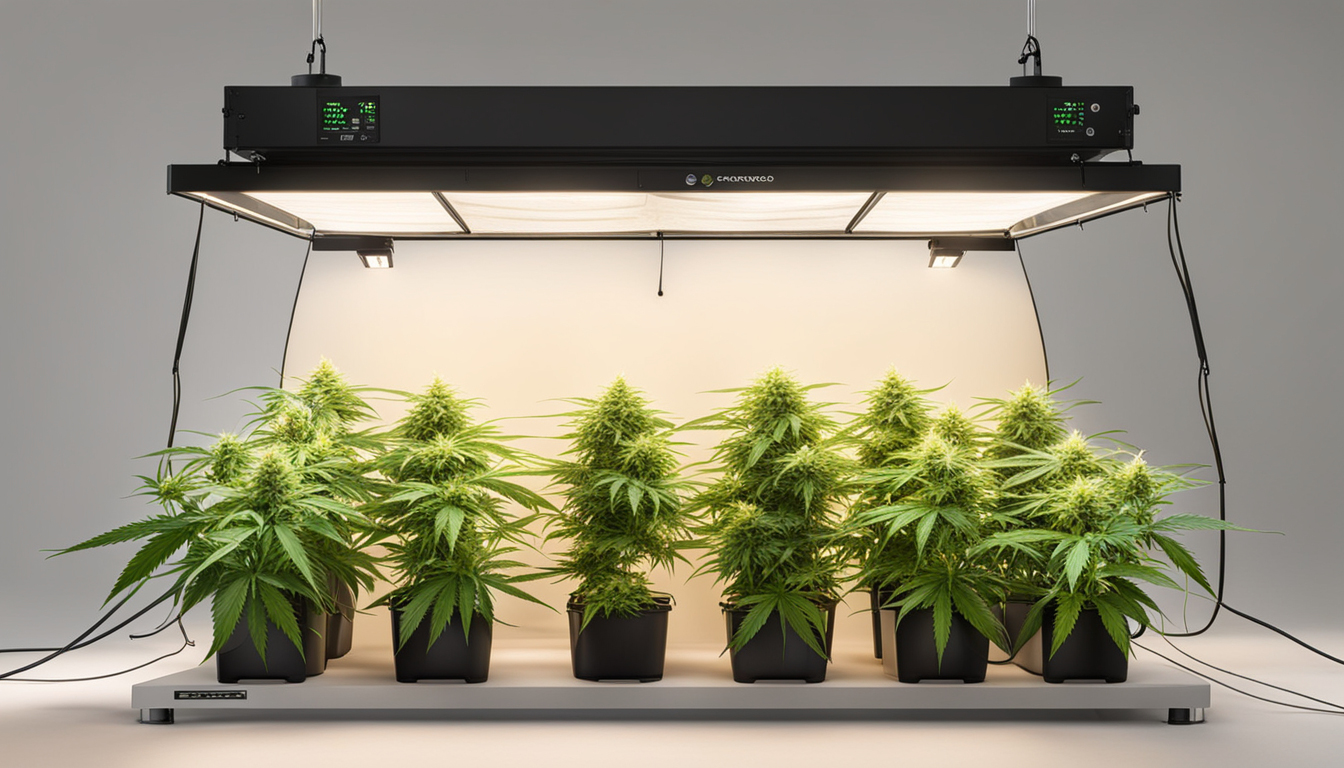
Bloom Stage
The blooming stage grows buds as plants show their sex under a 12/12 light timing. It lasts 2-3 months based on variety.
Switching to 12/12
Switch grow lights to 12 hours on, 12 hours off or place outside for outdoor 12 hour cycle. This triggers plants to begin blooming.
Flushing
Flushing removes nutrient salts to enhance flavor. Feed lightly the first weeks then just use plain water the last 2 weeks.
Flushing
Continue 12/12 light timing but flush using neutral pH water only. Return to plain watering if buds aren't ripe after two weeks.
Reaping
Knowing when cannabis is completely mature delivers maximum cannabinoid content and aroma. Cut down plants at optimal ripeness.
Identifying Ripeness
Check fading pistils, swelling calyxes, and 10-15% amber trichomes. Inspect buds across the plant as they don't all mature evenly.
Harvesting plants
Use clean, sharp trimming scissors to gently cut each plant at the base. Keep 5-10cm of stem attached.
Curing
Suspend whole plants or colas inverted in a dark room with moderate temp and humidity around 45-65% for 7-14 days.
Aging
Curing continues desiccating while aging the buds like fine wine. This process mellows harshness and further develops terpene and terpene profiles.
Curing containers
Trim dried buds from branches and place into sealed containers, filling about 75% capacity. Use a sensor to measure container humidity.
Opening jars daily
Open containers for a few hours daily to gradually lower moisture. Rehydrate buds if humidity goes under 55%.
Final Cure
After 14-21 days when humidity levels off around 55-65%, do a final manicure and store forever in sealed jars.
Troubleshooting
Even experienced growers run into different cannabis plant problems. Detect issues soon and address them properly to keep a strong garden.
Nutrient Deficiencies
Yellowing leaves often signify insufficient nitrogen. Anthocyanins and leaves show phosphorus deficiency. Test pH and increase fertilizers gradually.
Bugs
Spider mites, fungus gnats, mites, and root aphids are common pot pests. Use neem oil sprays, predator bugs, and sticky traps for organic control.
Mold
Excessive moisture encourages botrytis and bud rot. Increase circulation and circulation while reducing humidity below 50% during bloom.
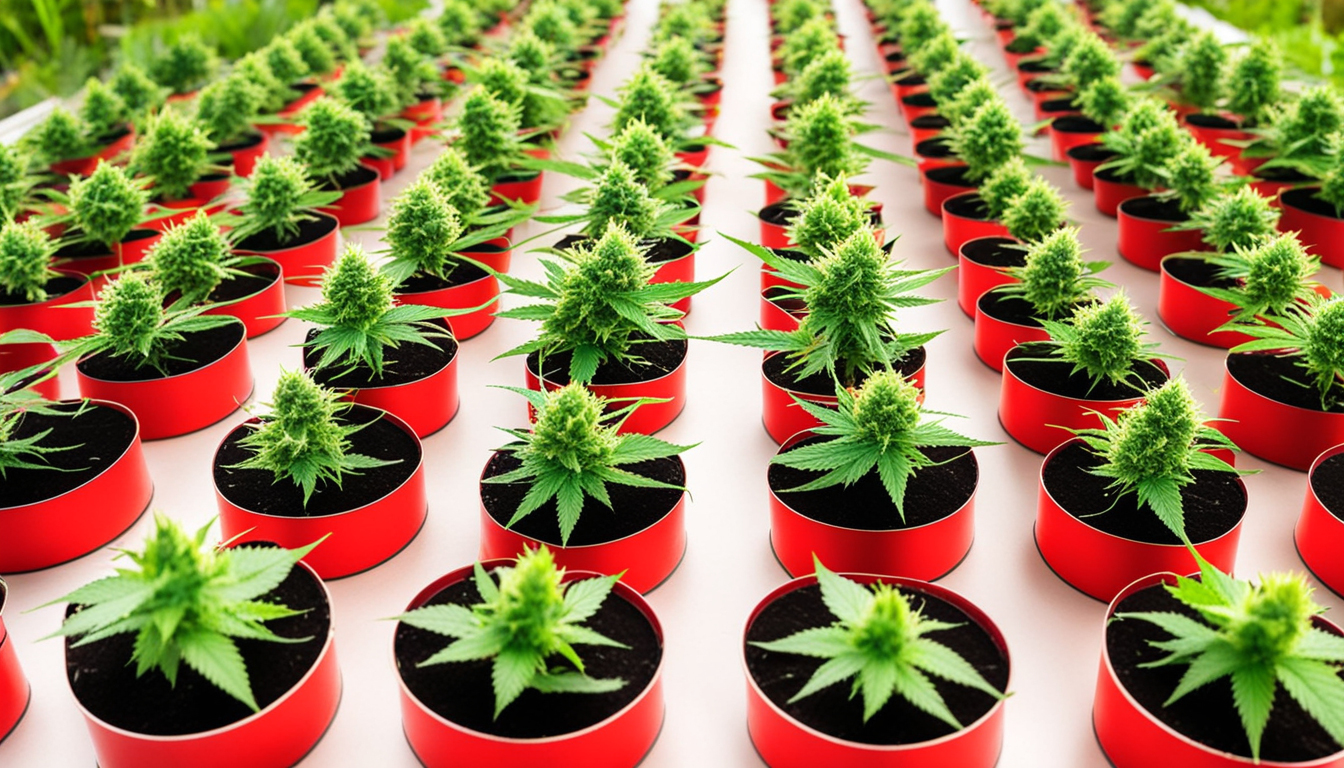
Summary
With this complete indoor cannabis cultivation guide, you now have the info Watch Now to cultivate plentiful strong buds for private grows. Follow these steps and methods during the germination, vegetative, and flowering stages. Invest in good gear and closely monitor your plants. In time, you'll be rewarded with frosty fragrant buds you raised yourself under the loving care of your green thumbs. Happy growing